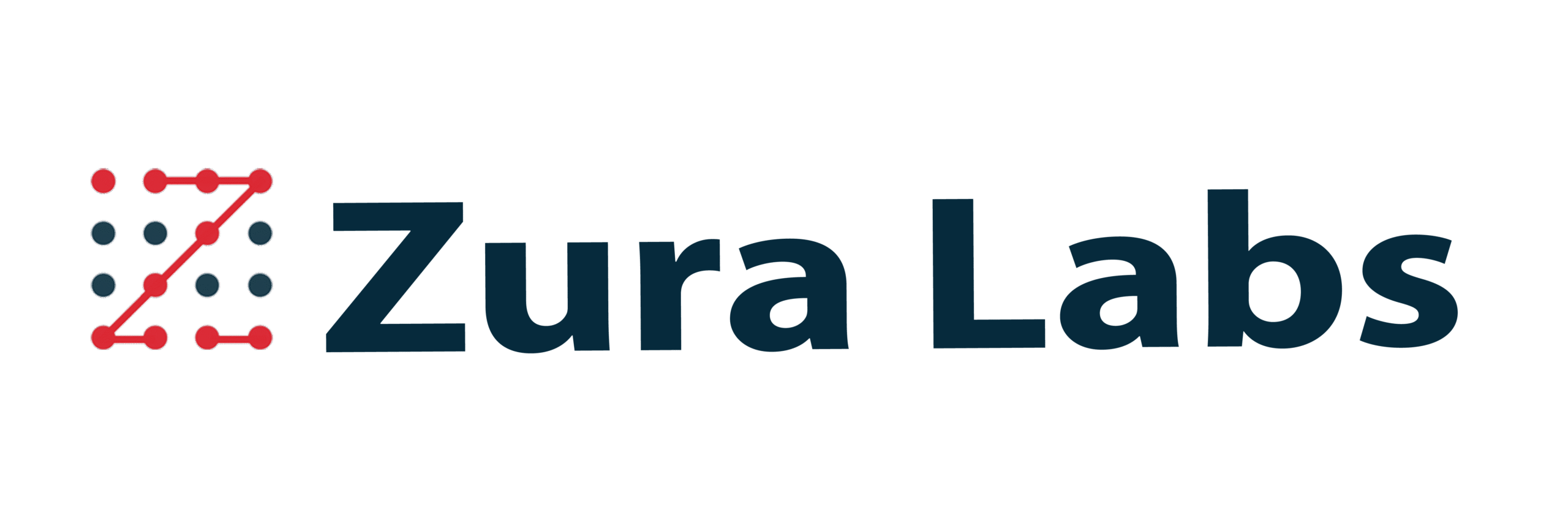Estimated reading time
Introduction
Tracking and managing timesheets should be simple, yet for many companies and consultants, it remains a frustrating and time-consuming process. Take staffing companies for example, timesheet reconciliation isn’t just a task; it’s practically a full-time job. On average, small to mid-sized staffing firms dedicate 1–2 employees for every 50 consultants just to manage, consolidate, and correct timesheets. That’s valuable time that could be spent on more productive tasks instead of chasing approvals, fixing discrepancies, and following up with consultants.
Studies show that US businesses lose billions annually due to inaccurate time tracking and time theft, proving that outdated systems can have a real financial impact.
In a staffing company, timesheets should be the least of their worries. Instead, they have become a constant source of inefficiency, frustration, and financial loss. From tracking work hours to ensuring payroll accuracy, a single misstep can trigger a chain reaction, leading to invoicing errors, compliance risks, and even time theft.
Without the right system in place, you end up manually juggling approvals, chasing down consultants, and reconciling discrepancies costing time, money, and credibility. Also, if your data sits unsecured in spreadsheets, you are not just risking errors but also compromising sensitive information. With growing cybersecurity threats, relying on outdated data storage methods increases the risk of data breaches and compliance failures.
The question isn’t whether you need a better way to manage timesheets it’s how much you are losing by not having one.
Key Facts and Insights
Timesheet Challenges
Manual Reconciliation
Finance teams report spending more than 25% of their time on manual tasks, highlighting the inefficiencies in current systems.
Our research shows that staffing companies typically allocate 1-2 resources for every 50 consultants just to manage time sheets.
This process involves consolidating data, correcting discrepancies, and following up with both consultants and managers for submissions and approvals. The manual nature of this work not only consumes significant manhours but also introduces a high risk of errors that can affect billing accuracy and client relationships.
Customer Relations
Studies show that around 38% of US employees still use paper timesheets and punch cards, leading to significant productivity drains. Inefficient time entries/entry systems create significant challenges for talent management companies. Without proper provisions to track OTs, double OTs, paid leaves, sick leaves, and workday information, organizations frequently discover discrepancies only after they’ve become problems. In worst-case scenarios, these issues surface only when clients complain.
When systematic business processes for accurate time tracking aren’t in place, invoicing becomes error prone. When invoices are inaccurate, client trust erodes. Frustrated by billing discrepancies and inconsistencies, clients may ultimately lose confidence in the company and take their business elsewhere.
Data Security
Think back to the olden days when merchants recorded their transactions in open ledgers, left unguarded on their shop counters. A spilled inkpot, a missing page, or a dishonest hand could alter the records forever. Storing critical payroll and time-tracking data in spreadsheets is no different; fragile, exposed, and easy to manipulate. In today’s digital landscape, cybersecurity threats are growing, and relying on unsecured spreadsheets puts sensitive client and consultant data at risk. If you don’t have a secure archival system in place to protect sensitive client and consultant data, you’re setting yourself up for failure.
Time Theft
Time theft costs US employers an estimated USD 20 to USD 40 billion annually and 75% of US businesses experience financial losses due to employee time theft. When time tracking remains disorganized, it creates an environment where system manipulation becomes easy. This can lead to significant financial losses due to time theft. For example, if a consultant logs 10 hours of overtime instead of the actual 4, the system should be able to detect and flag such discrepancies.
Payroll Inefficiencies
If your consultants have different payroll cycles and invoicing terms, your system should handle them automatically. But if your timesheet management process lacks flexibility, payroll mistakes are inevitable frustrating your consultants and disrupting operations.
From manual reconciliation to payroll mistakes and security risks, the challenges are very evident.
Conclusion
A smarter, automated system can eliminate these inefficiencies, ensure accuracy, and keep your business running smoothly. It is time to move beyond outdated processes and adopt a system that works for you, not against you.

